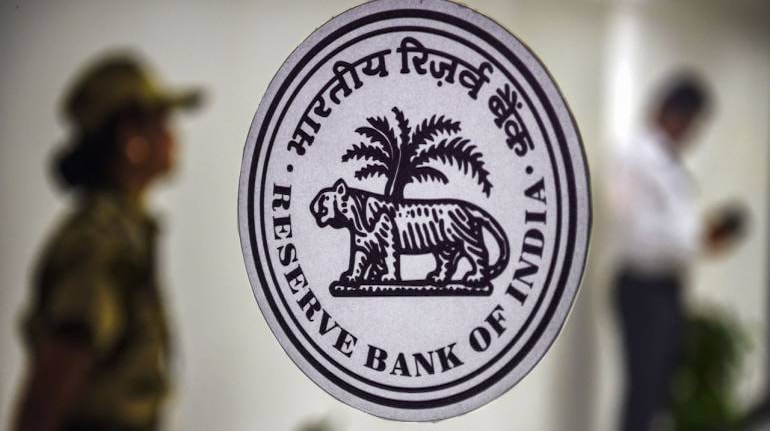



Saugata Bhattacharya
The 4.5 percent GDP print for July-September of 2019-20, the lowest since March 2013, has made further easing by the Monetary Policy Committee (MPC) very likely. The internals of this slowdown point to weakness, particularly in investment on the demand side, and manufacturing in industrial output, besides mining and electricity.
The silver lining is a modest revival of household consumption, to 5.1 percent from 3.1 percent in Q1, and this is probably linked to the big jump in government expenditure, both in public administration and consumption in output and demand accounts, both growing in double digits. If government expenditure slows in Q3, which is expected, this might have a renewed adverse effect on private consumption.
Of equal concern is an even bigger drop in nominal growth in Q2, due to a combination of slowing real GDP and lower inflation, especially WPI (wholesale price index), on GDP deflators. Nominal GDP slowdown has knock-on effect on tax revenue collections, corporate realizations and salaries, which result in an adverse feedback loop for economic activity. This also has a bearing on India’s “potential output”, the gap relative to actual output and the consequent pricing power of corporates to increase prices, which have an impact on core inflation.
On the other hand, rising inflation is likely to constrain the MPC in cutting rates deeply. CPI (consumer price index) inflation for November 2019 is likely to be upwards of 5.4 percent and for December, 5.2 percent. While this is largely due to high vegetable price inflation, particularly onions, there are signs of hardening prices of other food items like meat, milk, eggs and other protein items.
However, core (non-food and non-fuel) inflation remains moderate, and will only gradually rise in 2020. In short, the MPC will probably look through the higher prices as largely transient and focus on growth revival. In addition, earlier concerns of a rapid depreciation of the rupee have abated, and prospects for even a modest improvement in the external environment will likely keep the currency more or less stable, thereby opening up more room for a repo rate cut.
During the phase of monetary policy easing, markets started to ask questions of how much room is still left for easing, of the so-called “terminal rate”, sequencing of rate cuts and the associated communication. Given the expected path of inflation, can the MPC eventually take the repo rate down to 4.5 percent?
Communication from central banks is key to assuring markets of intent. The signature message from the October policy statement was the decision to “continue with an accommodative stance as long as it is necessary to revive growth”. Not in as many words, this was the understated equivalent of the then ECB President Mario Draghi’s memorable 2012 commitment to do “whatever it takes to preserve the euro”. This forward guidance is likely to be reiterated in the ongoing review.
Another signal of any room for further rate cuts will be revision to the economic forecast provided by the RBI. Given our current projections of growth, the earlier October 2019 forecast of a 6.1 percent FY20 GDP growth will be revised down, probably to a 5.4-5.6 percent range.
The extent of perceived downside risk to growth will also be signalled in the asymmetry of probability distribution of the forecast fanchart. Given the rise in food inflation, the earlier H2 FY20 forecast of CPI inflation in 3.5-3.7 percent band will also be revised up, probably upwards of 4 percent. The statement on the likely persistence of vegetable prices and a dispersion into the broader “protein items” will need to be carefully read and understood in terms of determining the “terminal rate”.
Even more than further rate cuts, the key question will be on transmission to lending rates. What will be the end result on lending rates, particularly for borrowers who have been squeezed for credit. Might it be better to frontload a deep repo rate cut, with the expectation of having a deeper effect on lending rates and the cost of borrowing?
Banks have begun steep cuts in their term deposit rates and this lowering of the cost of funds is likely to translate into lower lending rates, as is already evident in falling MCLR (Marginal Cost of Fund based Lending Rate) and benchmarked loan rates.
Saugata Bhattacharya is Senior Vice-President, Business and Economic Research, Axis Bank. Views are personal.
Discover the latest Business News, Sensex, and Nifty updates. Obtain Personal Finance insights, tax queries, and expert opinions on Moneycontrol or download the Moneycontrol App to stay updated!
Find the best of Al News in one place, specially curated for you every weekend.
Stay on top of the latest tech trends and biggest startup news.